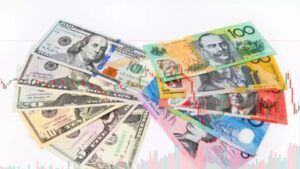Oil prices remained stable as investors assessed the impact of shifting US trade policies on global demand. Market participants kept a close watch on potential tariff adjustments that could influence economic growth. Uncertainty surrounding these policies created a cautious trading environment.
Recent statements from US officials suggested a possible recalibration of import tariffs, prompting speculation about energy demand. Traders remained focused on how these policy changes might affect key economies, including China. Any shifts in trade dynamics could have broad implications for crude oil markets.
Despite concerns over trade, oil demand forecasts remained steady, supported by strong consumption in Asia. Analysts noted that resilient industrial activity helped offset potential slowdowns elsewhere. This stability provided a degree of confidence to energy markets.
Meanwhile, global supply factors continued to influence oil prices, with OPEC+ maintaining production targets. The cartel’s commitment to output management helped counterbalance concerns over weakening demand. Any deviation from these targets could trigger volatility in pricing.
In the US, rising crude inventories added another layer of complexity to market sentiment. Higher stockpiles typically signal weaker short-term demand, pressuring prices. However, geopolitical risks and supply disruptions helped keep the market balanced.
Looking ahead, traders remained focused on upcoming economic data releases that could shape future price movements. Inflation trends, interest rate decisions, and global growth indicators would be key drivers. Market reactions would largely depend on the strength of economic signals.
















